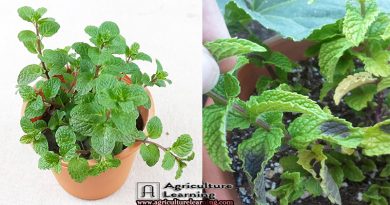How to Care for Balloon Flower
Platycodon grandiflorus is a species of herbaceous flowering perennial plant of the family Campanulaceae and the only member of the genus Platycodon. Platycodon hails from East Asia and is a popular plant in Korea, Japan, China and the US. It is commonly known as balloon flower Chinese bellflower platycodon. Platycodon grandifloras is commonly grown in mountains and fields.
Care Balloon Flower
This plant is easy to care. We need to remember some points.
Soil
Balloon flowers prefer organically rich, loamy soil that has good drainage. They don’t grow well in dense soil, such as clay. They like a soil pH in the 5.5 to 7.5 range.
Water
Keep the soil of young plants consistently moist but not soggy. Once established, balloon flowers like a moderate amount of moisture in the soil, but they can tolerate short periods of drought. They won’t need a lot of supplemental watering unless you have a long period without rainfall that causes the soil to dry out.
Light
You will get the most flowers if you plant balloon flowers in full sun. However, they will be fine in part shade and might actually prefer some shade where the afternoon sun is especially hot.
Fertilizer
Balloon flowers typically don’t need supplemental feeding if you have rich soil. But a layer of compost in the fall can help them replenish the energy they expend blooming during the growing season. If you have poor soil, use an all-purpose, slow-release fertilizer in early spring.
Temperature and Humidity
The ideal temperature between 60 and 80°F. However, they can withstand higher temperatures with some afternoon shade. Frost kills young plants and causes established plants to die back into the ground in the fall. Balloon flowers tolerate both humid and dry air conditions, provided they have the right amount of soil moisture.
8 total views, 1 views today




